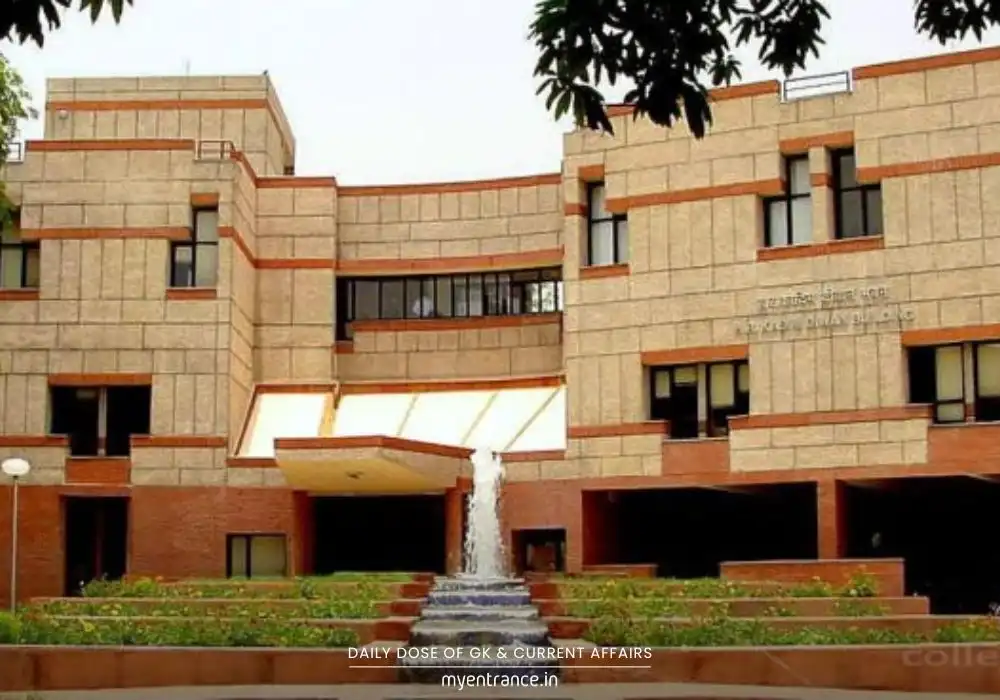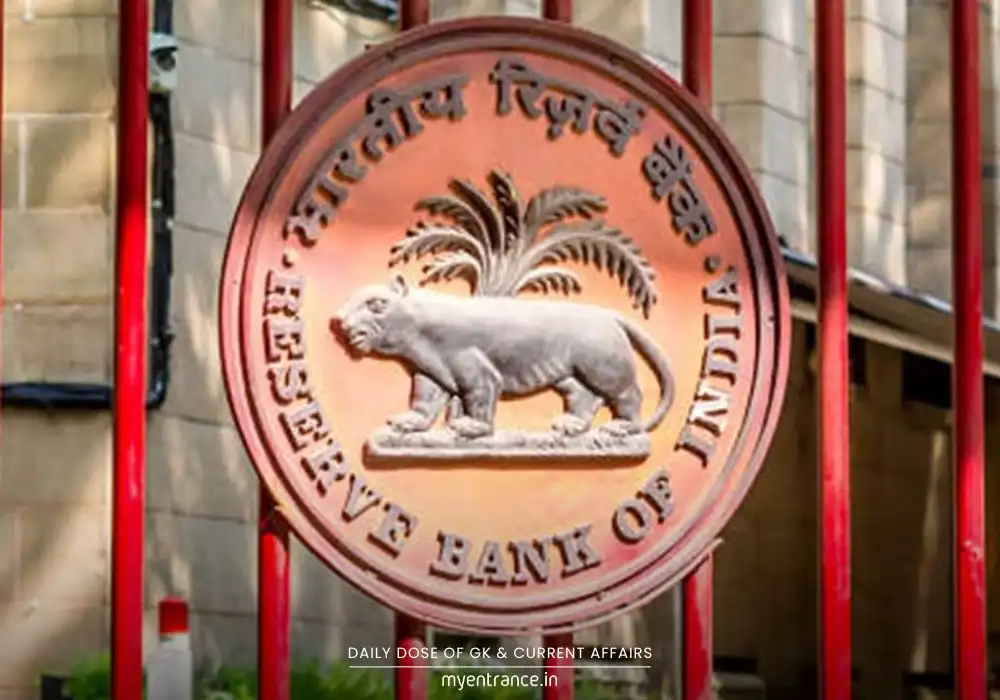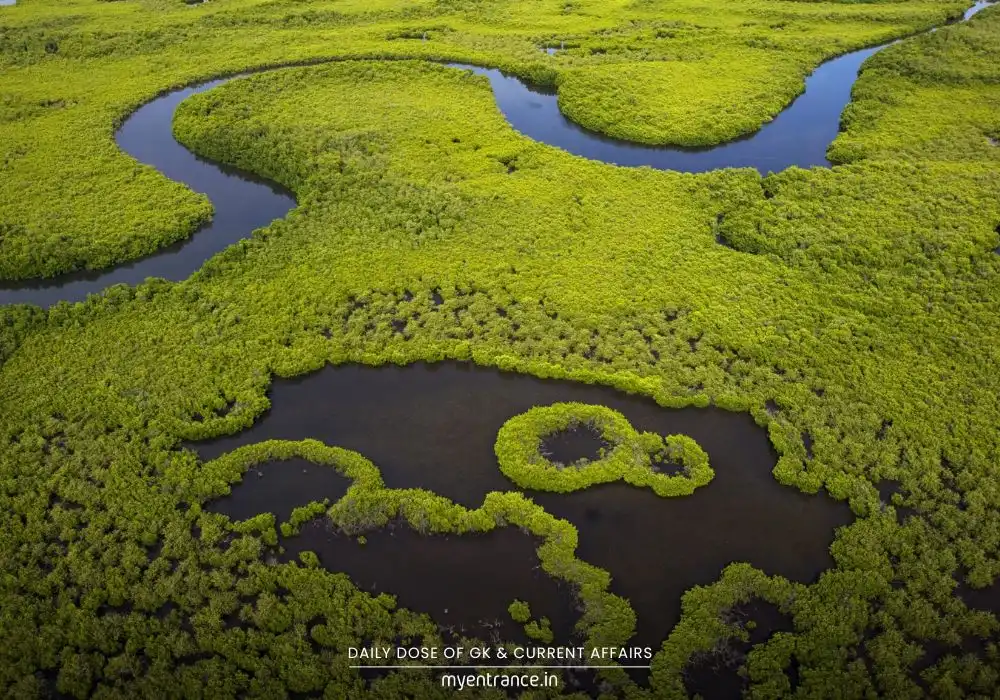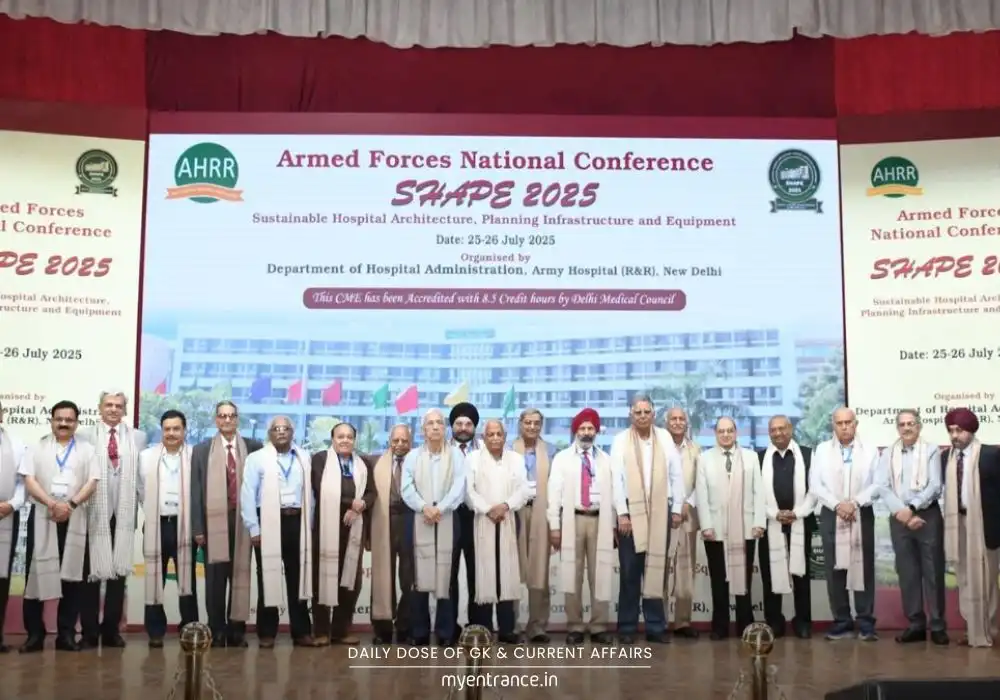Translate Language
Did NASA Just Solve the Mystery of the Moon’s Atmosphere?
For years, scientists believed the solar wind was the main force behind the Moon’s faint atmosphere. But new research using Apollo 16 samples proves otherwise—micrometeorite impacts are the real drivers. This discovery changes how we view lunar weathering and future space exploration.
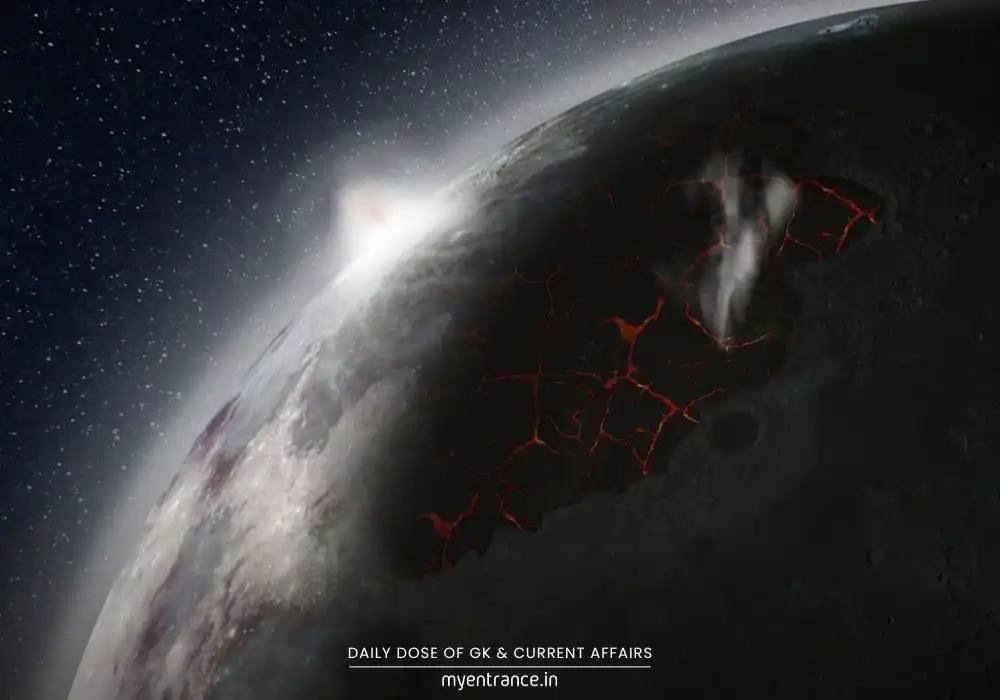
What’s Really Creating the Moon’s Atmosphere?
The Solar Wind Myth Debunked
For decades, experts assumed the solar wind—charged particles from the Sun—knocked atoms loose from the Moon’s surface, forming its thin exosphere. However, recent experiments at TU Wien shattered this theory.
Researchers bombarded real lunar dust with helium ions (mimicking solar wind speeds of ~135 miles per second).
They found that ion sputtering was 10 times less effective than previously thought.
The Moon’s rough, porous surface traps solar ions, preventing them from ejecting enough material to sustain the atmosphere.
Micrometeorites: The True Atmosphere Builders
Instead, tiny space rocks hitting the Moon’s surface vaporize material, releasing atoms into the exosphere.
A 2024 isotopic study of Apollo samples (analyzing potassium & rubidium) confirmed this.
NASA’s LADEE orbiter (2013–2014) detected atmospheric patterns matching micrometeorite impacts.
Without constant impacts, the Moon’s atmosphere would vanish in just a few lunar days.
Why This Matters for Future Moon Missions
With NASA’s Artemis program aiming for crewed lunar landings, understanding space weathering is crucial.
Solar panels, sensors, and habitats must be designed to withstand micrometeorite erosion.
Remote sensing tools need recalibration—solar wind’s role is smaller than expected.
Future missions to Mercury (BepiColombo, 2027) will apply similar principles.
Longer Preservation of Lunar Artifacts
Since micrometeorites, not solar wind, dominate erosion:
Apollo mission relics (like rover tracks & equipment) may last longer than predicted.
These could become historic landmarks for future Moon explorers.
Solar Storms Still Play a Role
While micrometeorites are the main contributors, intense solar storms can temporarily increase sputtering effects.
Upcoming CubeSat missions with Artemis will monitor these fluctuations in real-time.
What’s Next in Lunar Research?
Scientists plan to study:
Different lunar soils (especially volcanic glass-rich samples).
How icy surfaces (like Europa & Enceladus) weather under similar conditions.
As Prof. Friedrich Aumayr states: “This is the first realistic, experimentally proven model of lunar sputtering—a game-changer for planetary science.”
Q&A About the Moon’s Atmosphere Discovery
1. What was the previous belief about the Moon’s atmosphere?
Scientists thought the solar wind was the primary source, knocking atoms off the surface via ion sputtering.
2. What did the new study reveal?
Micrometeorite impacts—not solar wind—are the main contributors to the Moon’s exosphere.
3. How was this discovery made?
Researchers used Apollo 16 lunar samples, bombarded them with ions, and measured sputtering efficiency with extreme precision.
4. Why does this matter for future Moon missions?
Understanding erosion helps design better equipment (solar panels, habitats) and improves remote sensing accuracy.
5. Could the Moon’s atmosphere disappear?
Yes—without constant micrometeorite impacts, the atmosphere would fade within a few lunar days.
Get 3 Months Free Access for SSC, PSC, NIFT & NID
Boost your exam prep!
Use offer code WELCOME28 to get 3 months free subscription. Start preparing today!
